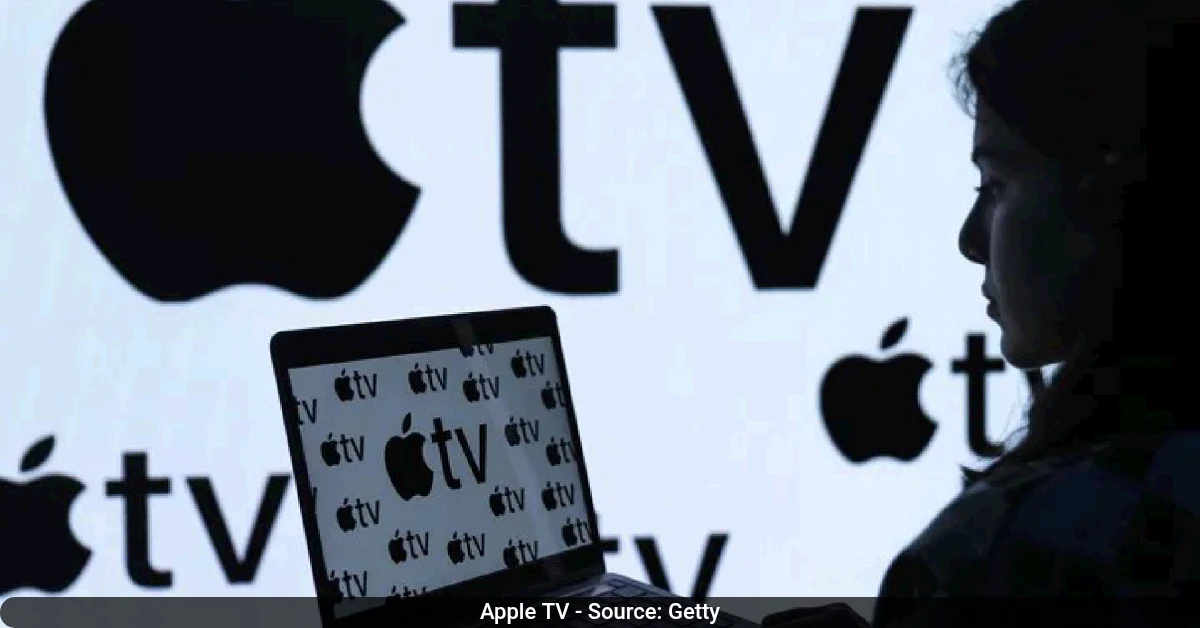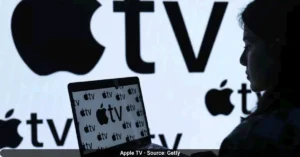For years, everyone called it Apple TV anyway. Now, the company has made it official. Apple’s streaming service, once known as Apple TV+, has been rebranded to simply Apple TV. The change removes the “+” sign that had been part of its identity since it launched in 2019 with shows like The Morning Show and For All Mankind.
The decision came straight from the top, with Apple’s Senior Vice President of Services, Eddy Cue, explaining the reasoning in a recent podcast appearance. He stated that the original “Plus” was meant to fit a company pattern, but it no longer felt necessary. The move simplifies the brand, though it now means that “Apple TV” refers to the streaming service, the app you use to watch it, and the hardware device that plugs into your television.
The Official Reason for the Name Change
According to Eddy Cue, the “+” suffix was initially used to stay consistent with how Apple names other services. The company typically adds “Plus” to denote a paid, premium version of a service that also has a free tier.
Eddy Cue said: “We put the plus in there because we’ve used it in our other services like iCloud+ and News+, but we do that when we have a free service and then there’s a paid version. We stayed consistent because of it, but we all called it Apple TV, and we said, given where we are today, it’s a great time to do it, so let’s just do it” .
The key takeaway is that internally, everyone at Apple was already using the shorter “Apple TV” in conversations and meetings. The formal rebrand simply aligns the official name with this natural, everyday usage. The company believes the streaming service’s identity is now established enough to stand without the “Plus” qualifier .
Will the New Name Cause Confusion?
A immediate question arose from the change: will having three distinct products—a streaming service, an app, and a hardware device—all with nearly identical names confuse customers?
Eddy Cue directly addressed these concerns, expressing confidence that users will have no trouble distinguishing between them. He clarified the specific names for each product to draw a clear line.
Eddy Cue explained: “Our hardware is called Apple TV 4K for your TV. I think that’s fine, and the app is called Apple TV. It’s been called Apple TV on our third-party products as well, so I don’t think that’ll be a problem at all” .
This perspective suggests that Apple is betting on context to help users. When someone says they are “watching Apple TV,” it will most often mean they are streaming a show or movie from the service. The set-top box is formally called Apple TV 4K, and the app that aggregates content is simply the Apple TV app, a name that has been used on iPhones, smart TVs, and other third-party devices for years .
A Look at Apple TV’s Subscriber Growth
During the same interview, Cue offered some rare comments on the performance of the streaming service. While Apple is famously secretive about exact figures, he hinted that the platform is doing well and growing.
When asked about industry reports that estimated Apple TV+ had between 40 to 45 million subscribers, Cue pushed back, suggesting the actual number is much higher.
Eddy Cue stated: “We haven’t said what our numbers are, but we’re significantly more than that. We’re not going to say what our numbers are. We’re happy with where we’re growing, but we’re trying to be successful” .
He acknowledged that producing top-tier content has been challenging, especially with unexpected delays like the nine-month Hollywood strikes that halted production for over a year. Despite these hurdles, Cue affirmed that the quality of content on the platform has “never been better” .
The Bigger Picture for Apple’s Brand
The removal of the “Plus” is more than a cosmetic change; it signals a shift in how Apple views its streaming service. What launched in 2019 as a premium add-on is now being treated as a core, standalone product, central to Apple’s expansive services ecosystem .
This rebrand also highlights Apple’s practical approach to decision-making. The change wasn’t driven by expensive marketing consultants or lengthy focus group studies. Instead, it was an organic decision based on how people both inside and outside the company naturally referred to the service. It was a collective and straightforward move to simplify the brand for the long term .
Also Read: Slow Horses Parents Guide: Is the Apple TV Thriller Suitable for Kids?














